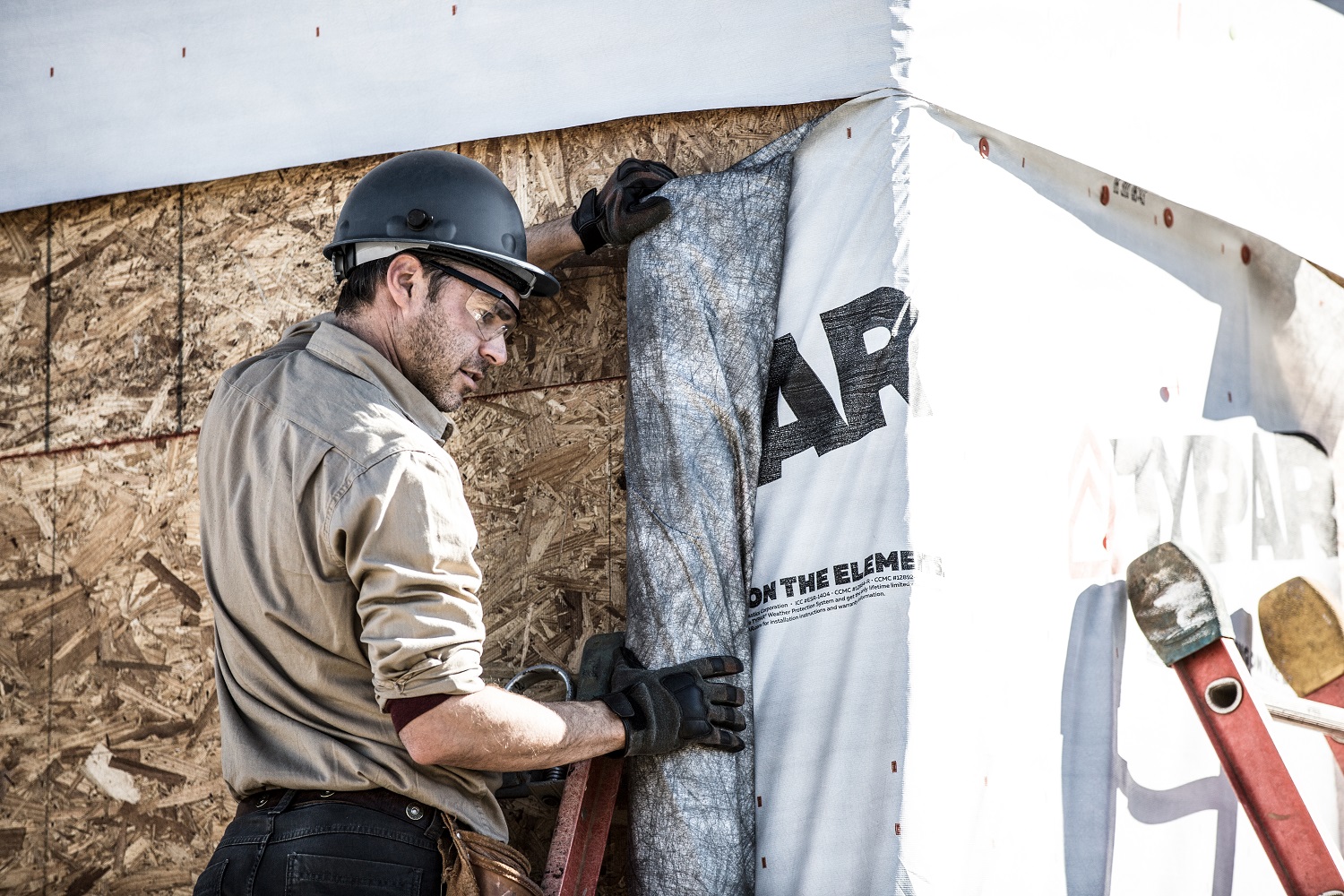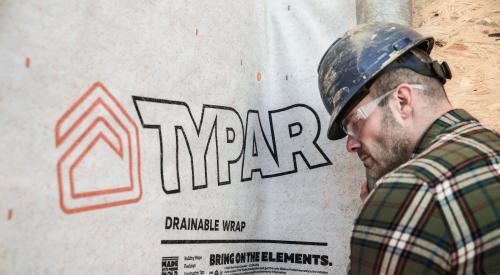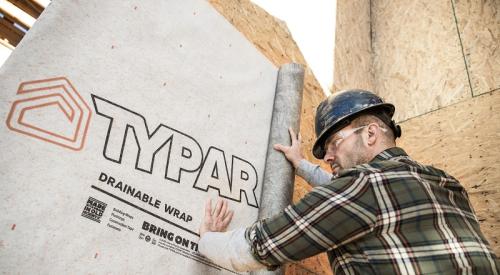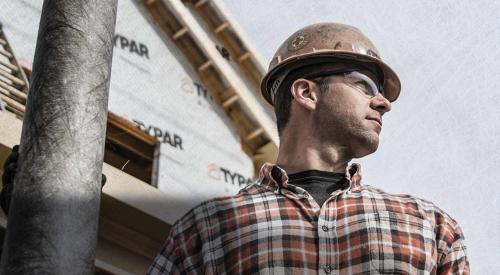Among the many performance characteristics to consider when choosing a building wrap, surfactant resistance is one that can be easily underestimated. However, builders and contractors who do not have at least a basic understanding of surfactants and how they impact the performance of building wrap could potentially jeopardize the long-term durability of the exterior wall assembly.
WHAT IS A SURFACTANT?
Surfactants (surface active agents) are contaminants that lower the surface tension of a liquid allowing it to penetrate deeper into the housewrap material. Water soluble extractives in wood such as tannins and wood sugars in redwood and cedar are examples of surfactants that contaminate the surface of building wraps. In addition, surfactants can be found in detergents, soaps and other cleaning solutions used to power wash siding, making surfactants almost impossible to avoid.
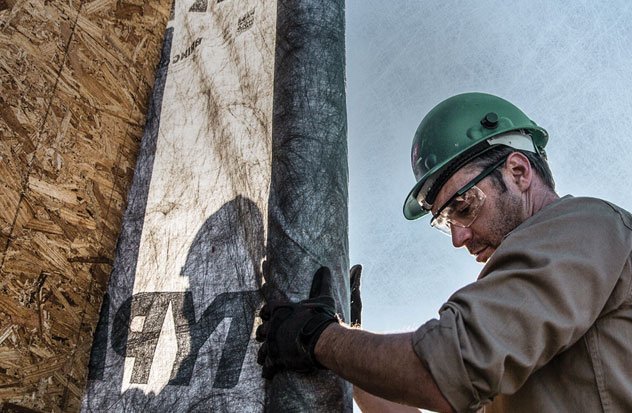
THE PROBLEM WITH SURFACTANTS
The problem with surfactants is that these contaminants promote the loss of water repellency, causing “wetting” of the building wrap surface. Once this occurs, water can more easily pass through the microscopic openings in the building wrap. Once moisture finds its way into the building envelope, it can threaten a home’s structural integrity, causing exterior surfaces to deteriorate. Bulk moisture intrusion can also support mold and rot that not only cause structural damage but also pose serious health hazards to building occupants.
THE SOLUTION
When choosing a building wrap, be sure to pay attention to its surfactant resistance capabilities. Not all wraps will provide the same surfactant protection—if any at all. On the other end of the spectrum are building wraps like TYPAR BuildingWrap, MetroWrap and Drainable Wrap that are engineered with a specialized coating that resist surfactants. In fact, in third-party testing commissioned by The American Society of Heating, Refrigerating and Air-Conditioning Engineers (ASHRAE) showed that TYPAR resisted a power wash solution, while Tyvek Homewrap failed, permitting numerous droplets to form and wetting the underlying OSB. The complete testing report can be found here.
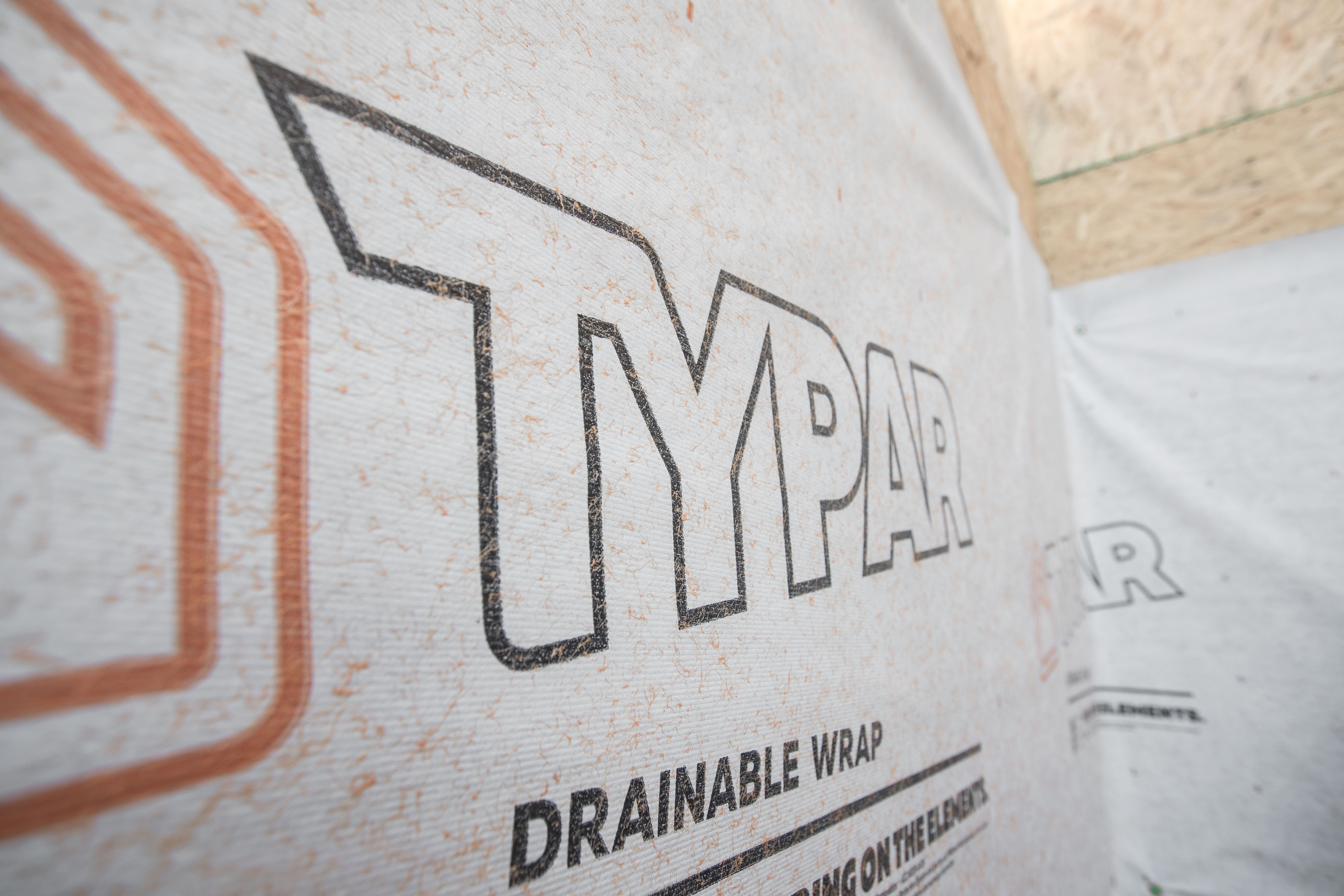
Beyond product selection, there are several installation best practices contractors and builders can adhere to in an effort to decrease the potential of surfactant-related issues.
Renowned building scientist, Joseph Lstiburek, suggests several steps to prevent surfactants from reaching the building wrap material.
As it relates to wood, Lstiburek recommends back-priming and adding an airspace. Back-priming wood clapboards and trim helps to isolate the surfactants in the wood from the building wrap. Similarly, providing an airspace between wood trim and clapboards using furring or some other spacer reduces the quantity and time liquid phase water is trapped in the exterior thereby reducing the potential of surfactant movement.
Stucco should never be installed in direct contact with building wraps as it can adhere to the wrap’s surface, thereby altering its surface energy and allowing housewrap pores to become “wetted.”
Due to the vast amount of building wraps and moisture management products on the market, it is more imperative than ever that builders and contractors have the knowledge to make the right product selections to design and build wall systems that perform to today’s standards of high performance, durability and moisture control.
